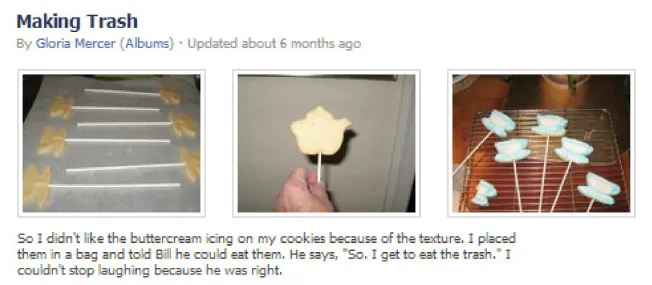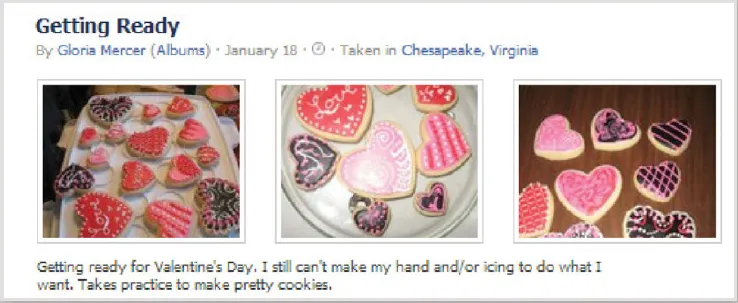
Show Your Work
Jane Bozarth
- English
- ePUB (handyfreundlich)
- Über iOS und Android verfügbar
Show Your Work
Jane Bozarth
Über dieses Buch
Organizations struggle to capture tacit knowledge. Workers struggle to find answers and information across organizational databases and boundaries and silos. New comfort with social sharing, combined with the proliferation of new social tools, offer easy, useful means of sharing not just what we do but how we get things done. For the organization this supports productivity, improves performance, encourages reflective practice, speeds communication, and helps to surface challenges, bottlenecks, and that elusive tacit knowledge. For the worker it illuminates strengths, talents, struggles, and the reality of how days are spent. For the coworker or colleague it solves a problem, saves time, or builds on existing knowledge. And for management it helps to capture who does what, and how, and otherwise makes visible so much of what is presently opaque.
What does showing work mean? It is an image, video, blog post, or use of another tool, or just talking to describe how you solved a problem, show how you fixed the machine, tell how you achieved the workaround, explain how you overcame objections to close the deal, drew the solution to the workflow problem, or photographed the steps you took as you learned to complete a new task. Some of the most effective examples of showing work offer someone explaining how/why they failed, and how they fixed it. Show Your Work offers dozens of examples of individuals and groups showing their work to the benefit of their organizations, their industries, and themselves.
Show Your Work offers dozens of real examples of showing work, supported with tips for how to help it happen, how leaders can lead by showing their own work, and how L&D can extend its reach by showing its own work and helping others show theirs.
Häufig gestellte Fragen
Information
If what you’re doing isn’t worth sharing, then why are you doing it?
“This Is How I Do That.”
TOPIARIES
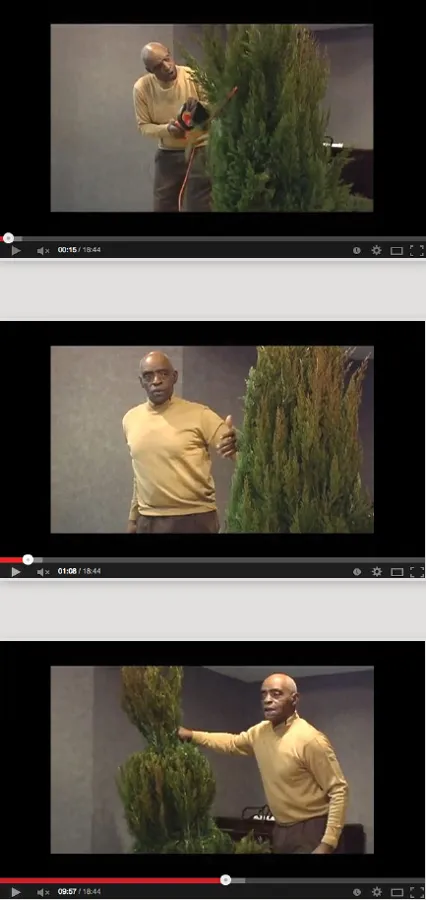
DOCTORS IN SURGERY WEARING GOOGLE GLASS

DETAILED BRANCHING E-LEARNING SCENARIO
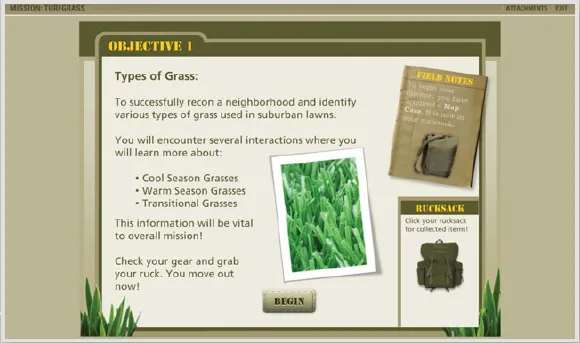
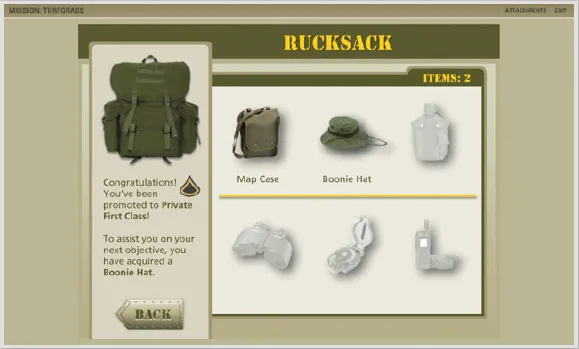
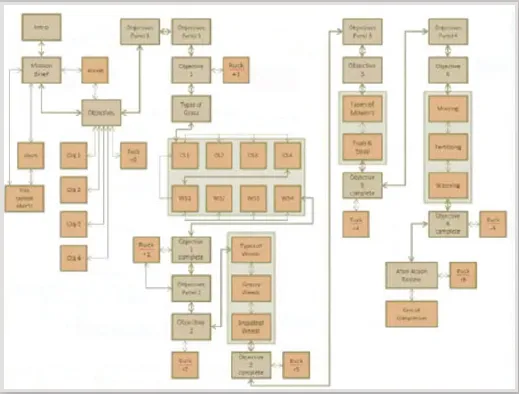
COOKIES BECOME A BUSINESS
